Is it better to use an excavator tree stumper or a stump grinder?
When it comes to removing tree stumps efficiently, professionals in construction, landscaping, and forestry often debate between using an excavator tree stumper or a traditional stump grinder. For large-scale operations and industrial applications, a tree stumper typically proves superior due to its exceptional power, versatility, and efficiency. These robust attachments transform existing excavator equipment into specialized stump removal machines, eliminating the need for standalone devices. With impressive specifications like a maximum digging height of 6700mm and an operating weight of 6250kg, a tree stumper handles extensive land-clearing projects with ease.
Efficiency and Power
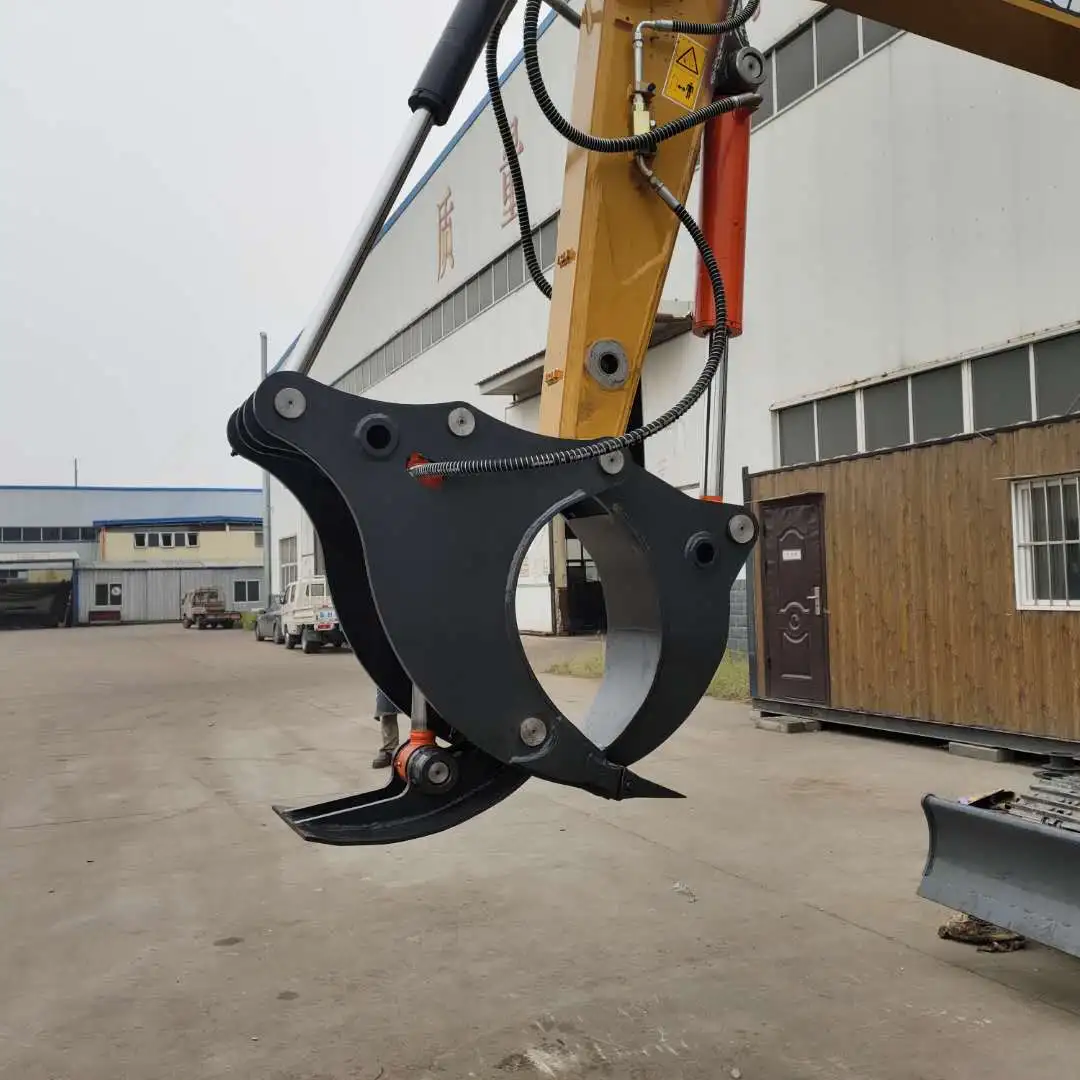
Raw Power Comparison
When comparing the raw power capabilities of stump removal equipment, excavator tree stumper attachments demonstrate remarkable advantages. These robust attachments harness the hydraulic system of excavators, delivering significantly more torque and cutting force than standalone stump grinders. With operating weights around 6250kg, these attachments leverage the excavator's substantial power to effortlessly shred through hardwood stumps and extensive root networks that would challenge conventional equipment.
The mechanical advantage becomes particularly evident when confronting large-diameter stumps. While typical stump grinders struggle with stumps exceeding 24 inches in diameter, requiring multiple passes and repositioning, an excavator tree stumper can engage with these substantial obstacles directly. The cutting teeth, optimized for wood destruction, rotate with tremendous force, reducing even the most stubborn stumps to manageable debris in a fraction of the time.
For industrial-scale land clearing operations where dozens or hundreds of stumps require removal, this power differential translates to exponentially faster project completion. Railway construction companies and forestry operations particularly benefit from this capability when preparing extensive corridors or clearing large tracts of land.
Speed and Throughput
The productivity advantage of an excavator tree stumper becomes immediately apparent in high-volume stump removal scenarios. These attachments can process multiple stumps within minutes, with minimal repositioning required between operations. The excavator's mobility allows operators to move quickly between stumps, maintaining a continuous workflow that dramatically outpaces traditional grinding methods.
This throughput advantage stems from several factors. First, the substantial cutting width of industrial tree stumpers allows them to address larger stumps in fewer passes. Second, the exceptional digging height of up to 6700mm enables operators to tackle stumps at various elevations without equipment modification. Finally, the sheer momentum generated by the excavator's hydraulic system powers through dense material that would stall conventional grinders.
Waste management companies and land developers particularly value this speed when preparing sites on tight deadlines. The ability to clear large areas quickly reduces project timelines and allows subsequent construction phases to commence earlier.
Cost Analysis
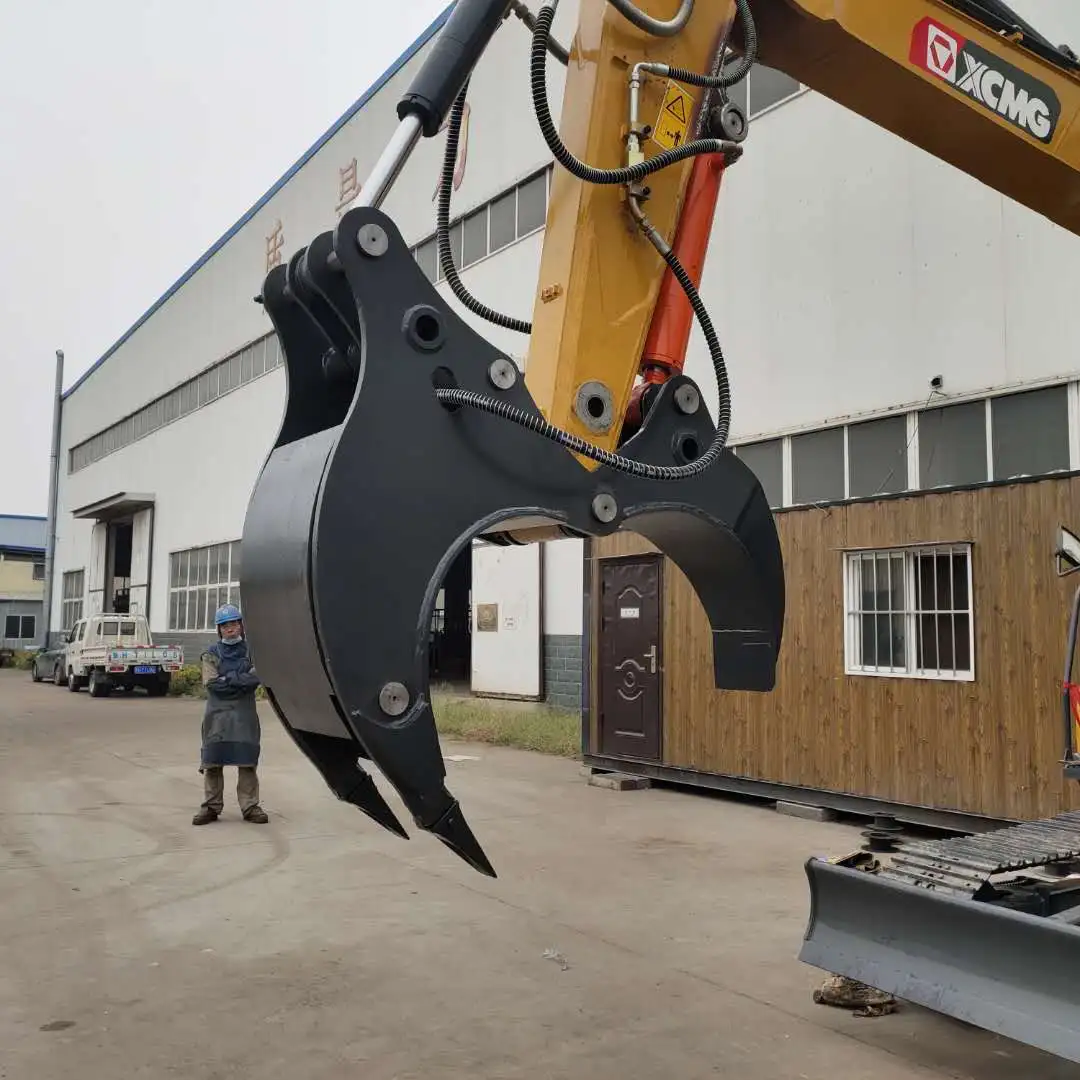
Initial Investment Considerations
The financial decision between an excavator tree stumper and a dedicated stump grinder requires careful consideration of several factors. For organizations that already maintain an excavator fleet, the incremental cost of adding a tree stumper attachment represents a relatively modest investment compared to purchasing a standalone stump grinding machine. This attachment approach maximizes the utility of existing capital equipment while expanding operational capabilities.
Current market pricing reflects this economic advantage. A professional-grade standalone stump grinder with comparable capabilities can cost between $20,000 and $50,000, requiring dedicated transportation, storage, and maintenance resources. In contrast, a high-quality excavator tree stumper attachment typically represents a significantly lower initial investment, particularly when considering the elimination of additional engine components, transmission systems, and standalone chassis requirements.
For construction companies and contractors managing diverse projects, this attachment-based approach optimizes capital allocation by increasing equipment versatility without duplicating core machine components. The bucket capacity of 0.27m³ further enhances the attachment's utility for moving debris after stump processing, adding value beyond mere stump removal.
Operational Cost Efficiency
The ongoing operational expenses associated with stump removal equipment significantly impact long-term profitability. Excavator tree stumpers demonstrate considerable advantages in this area through several key mechanisms. First, these attachments leverage the excavator's existing power plant, eliminating the need to fuel, maintain, and service a separate engine. This consolidation of power sources substantially reduces fuel consumption compared to operating independent machines.
Maintenance requirements further distinguish these approaches. Dedicated stump grinders contain numerous specialized components, engines, transmissions, grinding wheels, and proprietary control systems, all requiring specific maintenance protocols and replacement parts. By contrast, excavator tree stumpers feature significantly fewer moving parts, primarily consisting of robust cutting elements and hydraulic components compatible with standard excavator maintenance procedures.
Labor utilization also improves with the excavator-based approach. A single operator can transition between digging, lifting, stump removal, and debris management without changing machines, eliminating the inefficiencies of multiple equipment setups and operator transfers. This streamlined workflow reduces labor hours while increasing productive output.
Long-Term Return on Investment
When projecting equipment value over its operational lifespan, the excavator tree stumper demonstrates compelling financial advantages. These attachments typically maintain excellent resale value due to their durable construction and broad applicability across industries. The simplified mechanical design, with fewer electronic components and proprietary systems, contributes to extended service life with appropriate maintenance.
Project versatility further enhances return on investment. Unlike dedicated stump grinders limited to a single function, tree stumper attachments enable contractors to bid on diverse projects. This flexibility allows companies to maintain steady equipment utilization across seasonal fluctuations and market changes, improving overall capital efficiency.
For logistics and transportation companies that occasionally require stump removal capabilities, this multi-purpose approach eliminates the need to maintain rarely-used specialized equipment. Instead, a single versatile excavator with appropriate attachments can address a wide spectrum of operational requirements, optimizing both equipment inventories and storage requirements.
Use Cases
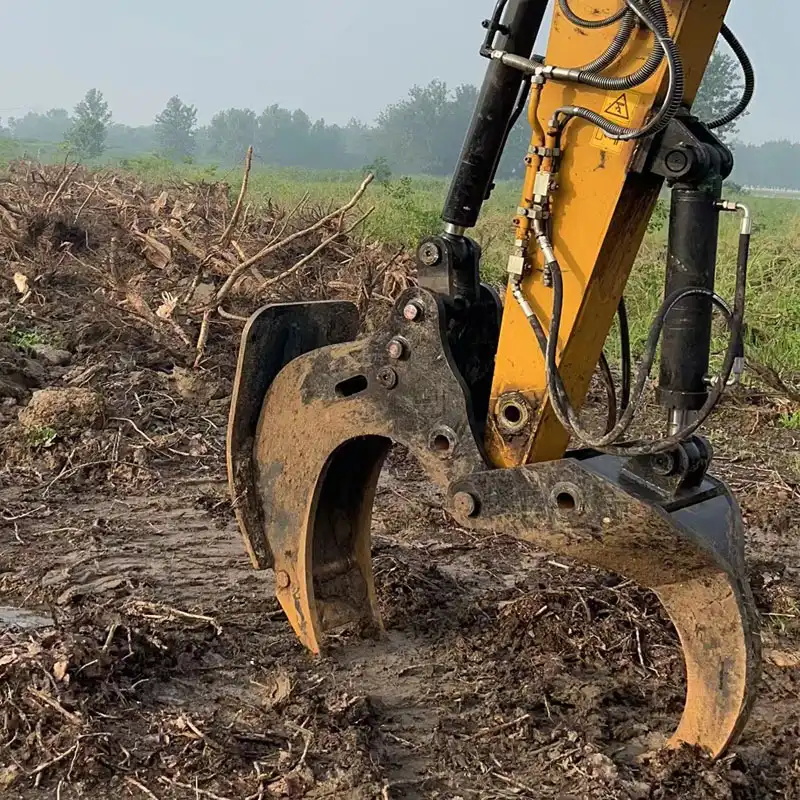
Industrial and Commercial Applications
The excavator tree stumper finds its most compelling applications in large-scale industrial environments where efficiency and processing volume determine project viability. Railway construction and maintenance operations exemplify this use case, requiring systematic clearing of vegetation along extended corridors while maintaining strict project timelines. The excavator's mobility allows crews to progress continuously along tracks without frequent equipment repositioning.
Mining and quarry operations similarly benefit from these powerful attachments when expanding facilities or developing new extraction areas. The ability to quickly clear mature forests and remove substantial root systems prepares sites for subsequent earthmoving operations without the delays typically associated with stump decomposition or manual removal methods.
Commercial development projects, particularly those involving previously forested land, require efficient clearing systems that can process dozens or hundreds of stumps within tight construction schedules. The excavator tree stumper's capability to reduce stumps to manageable debris in a single operation accelerates site preparation and reduces disposal challenges. With a bucket capacity of 0.27m³, operators can immediately collect processed material, further streamlining workflow.
Residential and Small-Scale Considerations
While excavator tree stumpers excel in industrial applications, their deployment in residential settings presents important considerations. The substantial size and weight of excavator equipment may limit access to confined residential lots, potentially causing ground disturbance in landscaped areas. In these scenarios, smaller dedicated stump grinders may offer advantages despite their reduced processing capacity.
However, for larger residential properties, particularly those undergoing substantial landscaping renovations or new construction, the efficiency of an excavator tree stumper can prove highly beneficial. Properties with multiple stumps to remove can be cleared quickly, allowing construction or landscaping work to proceed without delays. The equipment's maximum digging height of 6700mm also enables it to address stumps in challenging locations, such as slopes or near structures.
Professional landscaping companies often find that maintaining access to both technologies optimizes their service capabilities. The excavator tree stumper handles high-volume clearing projects, while smaller grinders address precision work in established landscapes where minimal disruption is essential.
FAQ
①What size excavator is needed for a tree stumper?
Most tree stumpers are designed to work with machines in the 5-20 ton range, with optimal performance typically achieved with 8-12 ton excavators. Always verify attachment compatibility with your specific excavator model.
②How deep can an excavator tree stumper reach?
Quality excavator tree stumpers can typically process stumps to 12-18 inches below ground level, with specialized models capable of reaching 24 inches or deeper when required for complete root system removal.
Contact Information
When evaluating whether a tree stumper or stump grinder better suits your operational needs, the decision ultimately depends on your specific application requirements and existing equipment assets. For industrial-scale projects requiring high-volume stump removal across diverse terrain conditions, the tree stumper delivers unmatched efficiency, power, and cost-effectiveness. Its ability to leverage existing excavator capabilities while minimizing additional maintenance requirements makes it particularly attractive for construction companies, railway maintenance operations, and forestry management programs.
For professional guidance on selecting the optimal stump removal solution for your specific requirements, or to learn more about high-performance excavator tree stumpers with specifications including 6700mm maximum digging height and 0.27m³ bucket capacity at Tiannuo, contact our team of experts at boom@stnd-machinery.com.
References
Journal of Forest Engineering. "Comparative Analysis of Stump Removal Technologies in Commercial Forestry Operations." Forest Engineering Research Institute, Volume 28, Issue 4.
Construction Equipment Magazine. "Equipment Selection Guide: Stump Removal Systems for Land Development Projects." Annual Equipment Guide, 2024 Edition.
International Railway Maintenance Quarterly. "Vegetation Management Best Practices for Rail Corridor Maintenance." Railway Infrastructure Association, Volume 42.
Environmental Land Management Review. "Impact Assessment of Mechanical Stump Removal Methods on Soil Composition and Site Rehabilitation." Land Management Institute Press.
Heavy Equipment Operational Efficiency Report. "Cost Analysis of Attachment-Based vs. Dedicated Equipment Approaches in Land Clearing Operations." Equipment Analysis Consortium, 2023.
About Author: Arm
Arm is a leading expert in the field of specialized construction and railway maintenance equipment, working at Tiannuo Company.
YOU MAY LIKE
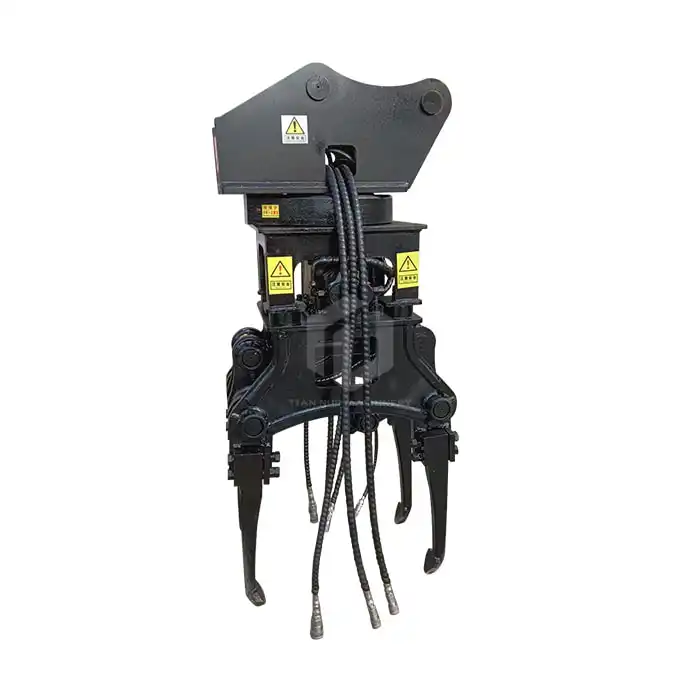 VIEW MOREHigh-vibration hydraulic ballast tamping machine
VIEW MOREHigh-vibration hydraulic ballast tamping machine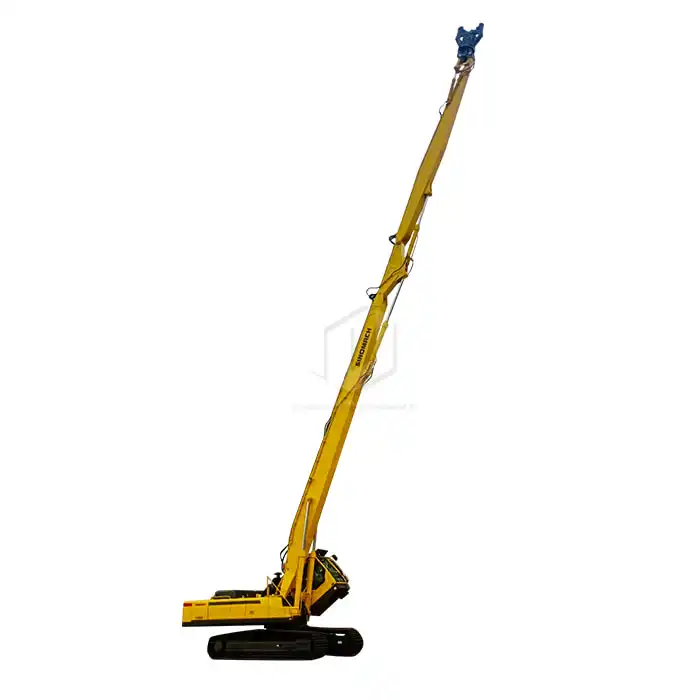 VIEW MOREExcavator High Reach Demolition Arm
VIEW MOREExcavator High Reach Demolition Arm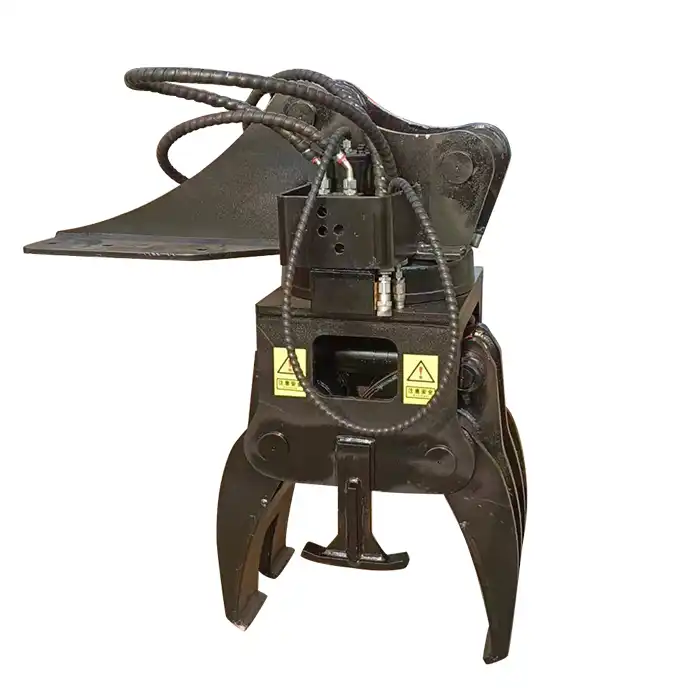 VIEW MOREExcavator Sleeper Clamp
VIEW MOREExcavator Sleeper Clamp_1766548255549.jpg) VIEW MOREPremium Rail Excavator Double Head Tamping Machine
VIEW MOREPremium Rail Excavator Double Head Tamping Machine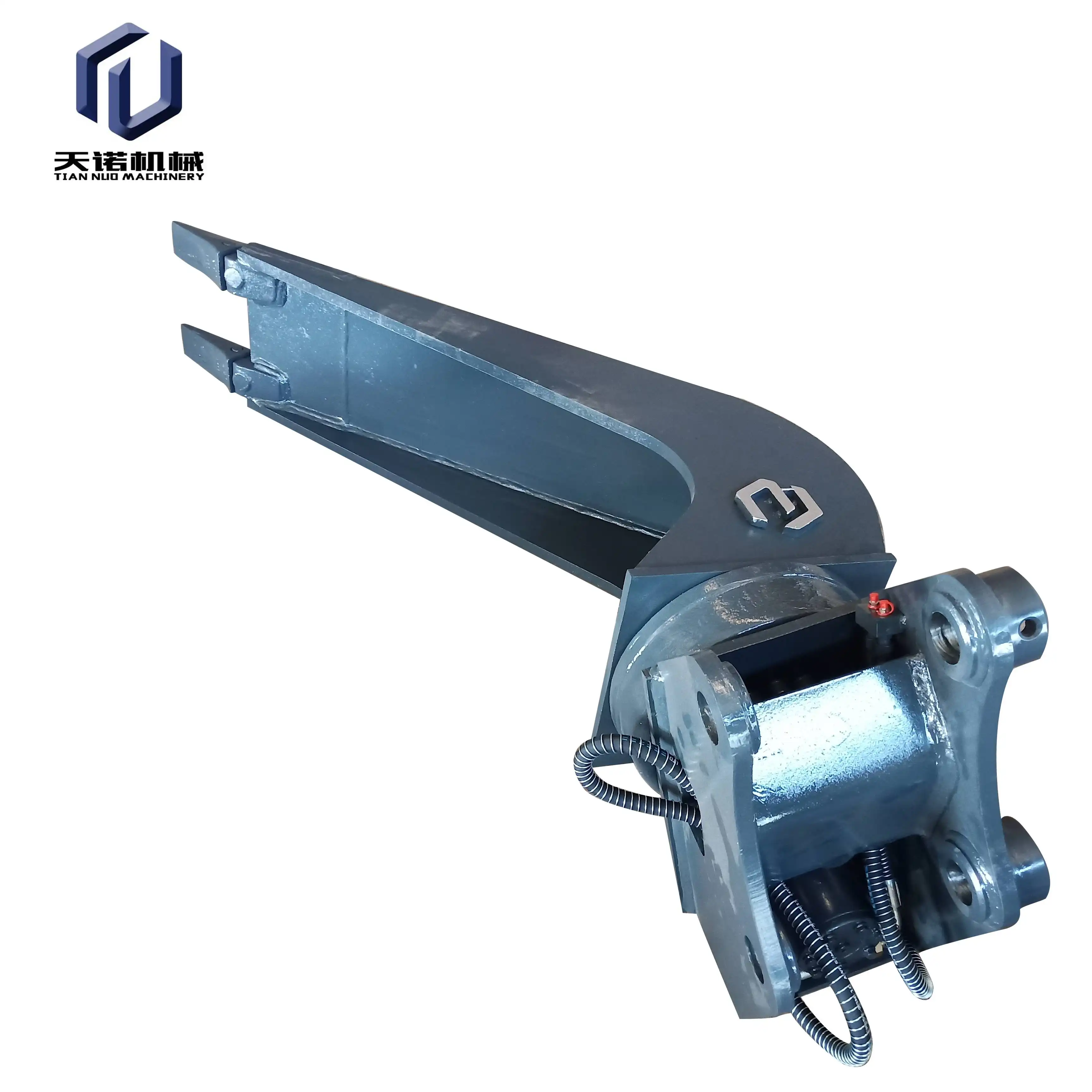 VIEW MOREExcavator ballast cleaning hopper
VIEW MOREExcavator ballast cleaning hopper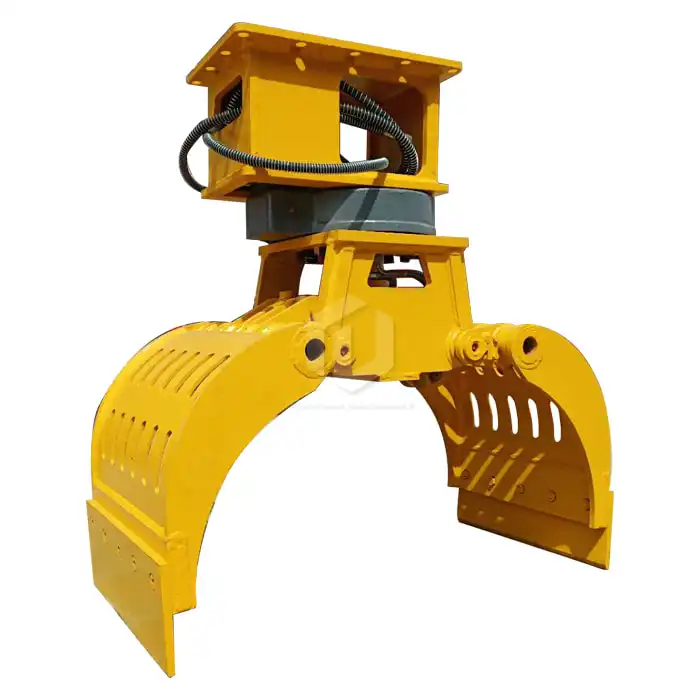 VIEW MOREExcavator Gripper
VIEW MOREExcavator Gripper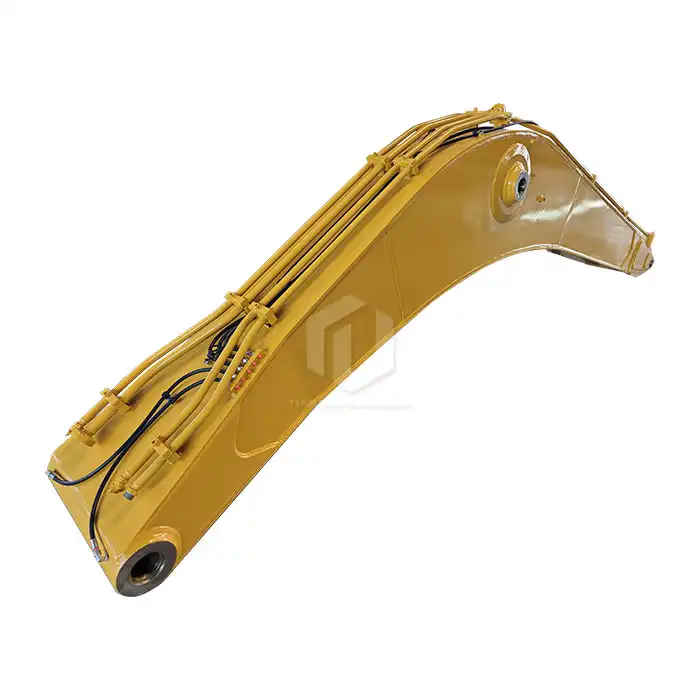 VIEW MOREStandard Size Excavator Boom And Arm
VIEW MOREStandard Size Excavator Boom And Arm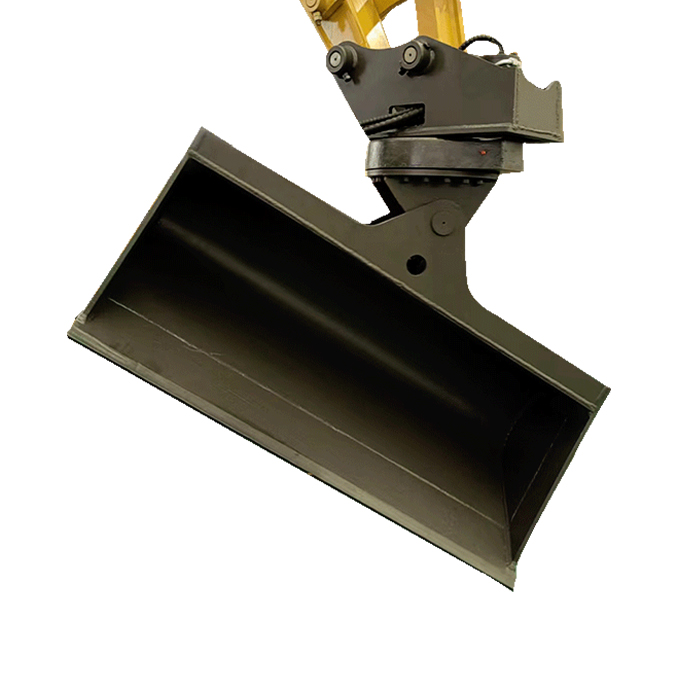 VIEW MOREDegree Rotating Hydraulic Tilt Ditching Bucket
VIEW MOREDegree Rotating Hydraulic Tilt Ditching Bucket

